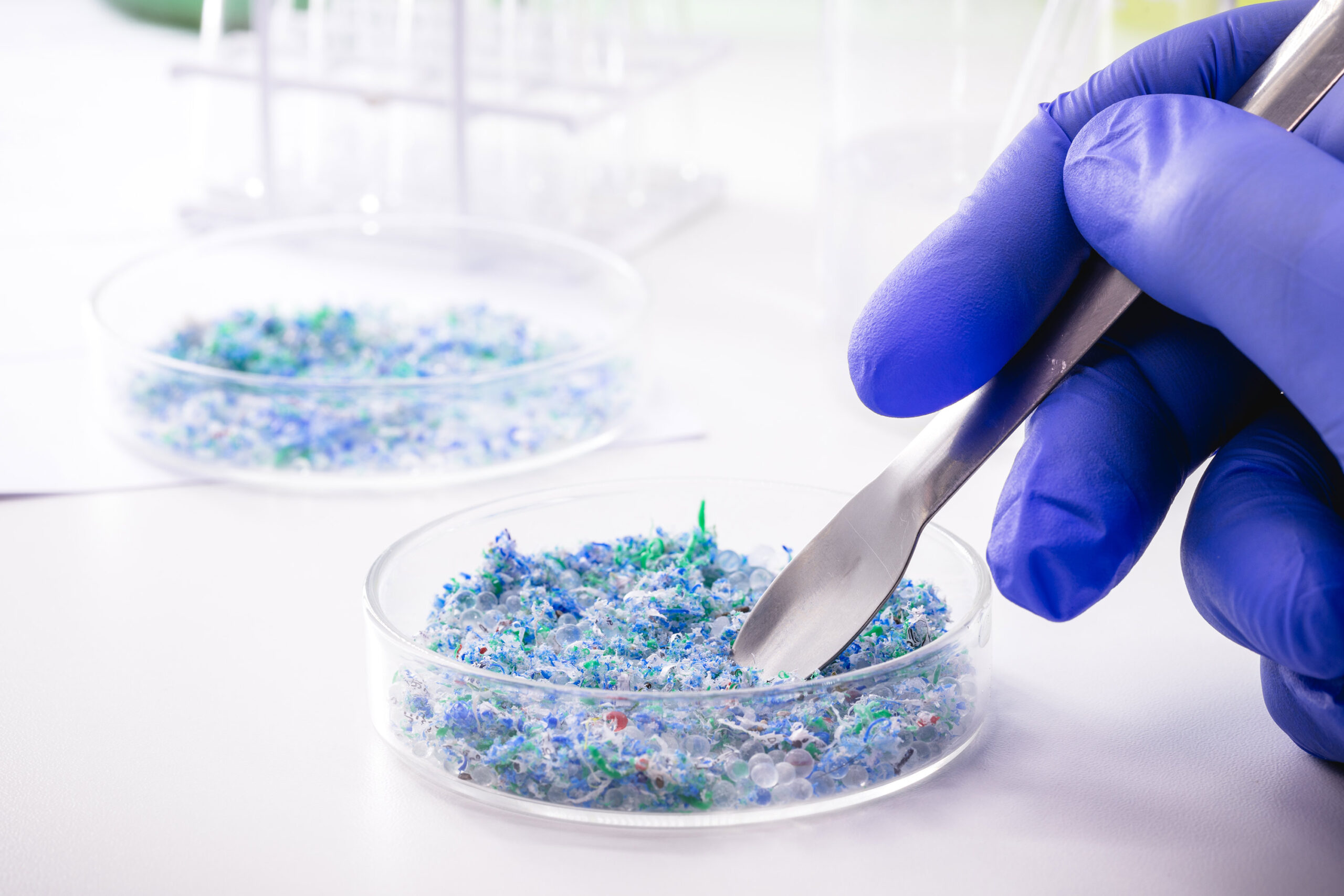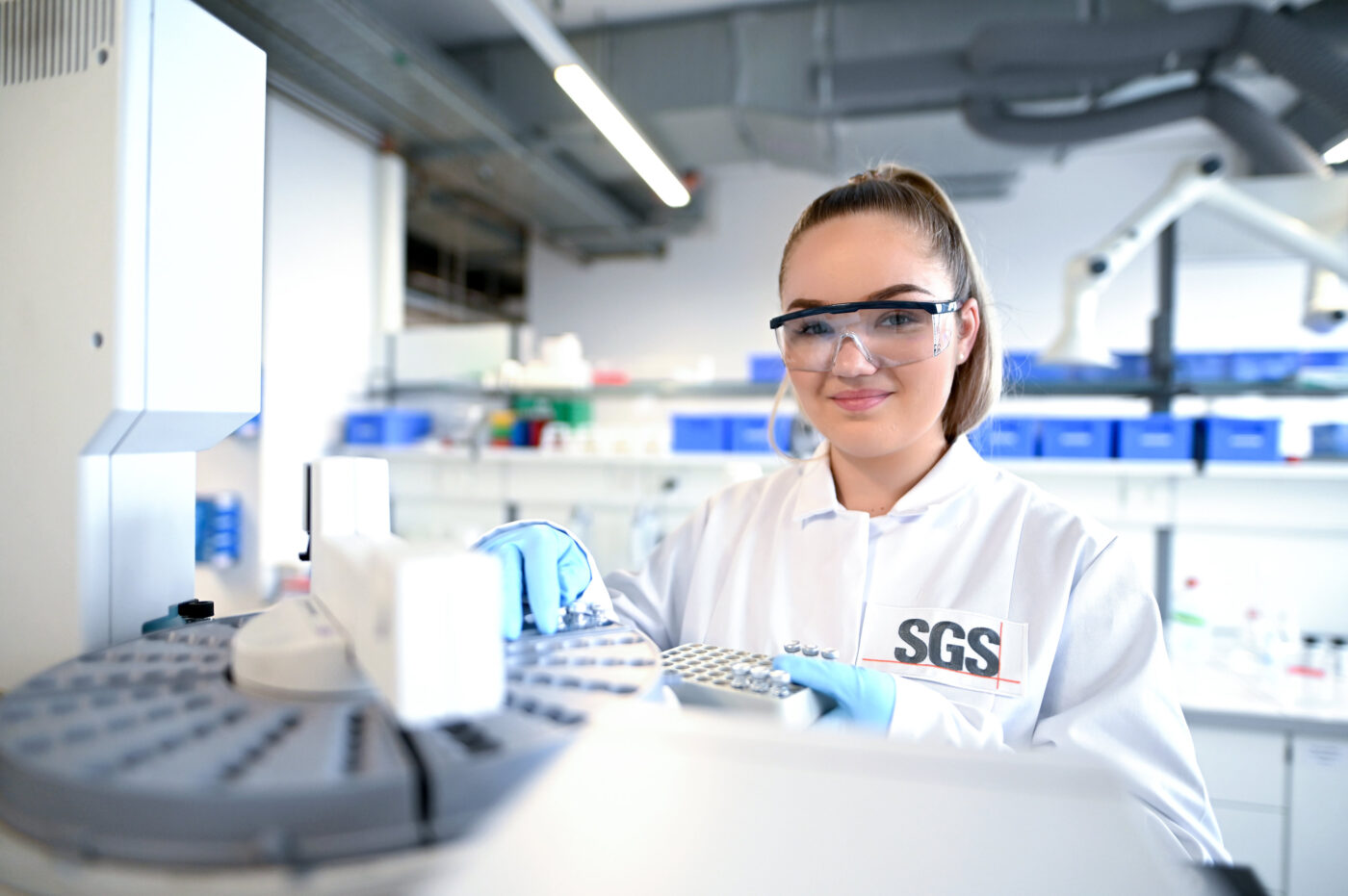Emerging Contaminants Testing Services
Emerging contaminants are typically unregulated pollutants on which there is a lot of uncertainty on all aspects including measurement, occurrence, fate and risk. There are no standard methods for these contaminants, and little commercial availability. This poses a chicken and egg problem for government agencies, research organizations and more who are tasked with the responsibility of filling these data gaps.
SGS, with its strong technical personnel and R&D focused laboratories are a leader in the development, validation and scaling up of methods for emerging contaminants. In many cases, we have provided the first commercially available measurement methods, enabling scientists and regulators to assess critical occurrence and fate data. Our methods feature best in class techniques such as isotope dilution, definitive techniques such as mass spectrometry as appropriate and more, ensuring accreditation and reference method quality.
Our approaches for PCBs, pharmaceuticals, flame retardants and PFAS have eventually been publishe as standard methods by regulatory agencies like the US EPA. Our data is trusted by multiple government agencies and other stakeholders. We understand better than any, the unique needs of pre-regulatory monitoring, with its complex and long-term scopes, low reporting limits, the need to measure in all environment and waste matrices, and the ability to customize and extend our methods as needed.
Whether it is isotope-dilution LC-MS/MS, GC-MS, GC-MS/MS, our methods meet or exceed challenging scopes and move to accreditation under ISO 17025, NELAP and other frameworks. We support monitoring, risk assessment, and regulatory readiness for pre-regulatory and newly regulated compounds. If you’re tackling a novel target or challenging matrix, our team can extend methods and develop custom approaches.

From pharmaceuticals and personal care products to tire-derived 6-PPDQ, flame retardants, and microplastics, our scientists help you quantify what matters—at the limits required—so you can act with confidence.
We provide ultratrace analysis for contaminants of emerging concern—delivering defensible data across water, soil/sediment, tissue, biosolids, and other complex matrices.
Contact SGS
PPCPs
Originators of EPA 1694 with isotope-dilution LC-MS/MS, ~200 targets available, and low-ng/L hormone options—across water, sediments, WWTP compartments, and tissue.
Learn More
6-PPDQ
Tire-derived transformation product acutely toxic to salmonids; validated LC-MS/MS methods (draft EPA 1634), reporting limits down to ~0.1 ppt in aqueous samples including stormwater, with extensions to solids and waste matrices.
Learn More
Flame Retardants
Targeted analysis for brominated flame retardants (FRs) such as PBDEs using EPA 1614 and extending to current use chlorinated, brominated and phosphate-based flame retardants. Our experience spans a wide variety of legacy and emerging FRs in all environmental compartments
Learn More
Microplastics
FTIR-based particle counting/characterization (ASTM D8333; CA SWB-MP1), typical size cutoff ~20–50 µm, RL ~0.1 mg/L; expertise in minimizing blanks and characterizing sorbed contaminants.
Learn More

Accreditations
Consistently first to market among North American commercial environmental laboratories in analysis of emerging contaminants (full congener PCBs in 1986; dioxins in 1988; polybrominated diphenyl ethers in 1995; PFAS in 2002), SGS continually develops quantitative approaches for contaminants of emerging concern under full ISO 17025 compliance. SGS holds accreditations under multiple quality standards for our wide range of tests, including NELAC, ISO 17025 (Canadian Association for Laboratory Accreditation – CALA) and DoD ELAP (US Department of Defense). Accredited matrices include non-potable water, solids (soils and sediments), biological tissue, chemical matrices, and human serum. Where available, SGS also participates in worldwide inter-calibration studies to establish analytical proficiency in POPs and CEC analysis.
Why SGS for your Testing Needs?
- Global Reach, Local Expertise: A worldwide laboratory network backed by local knowledge to meet your needs.
- Regulatory Compliance: Expertise in regional and international guidelines, including EPA, CCME, and more.
- Customized Analytical Plans: Tailored testing protocols to address unique project challenges.
- Proven Track Record: Decades of experience delivering high-quality data to industries across North America.





